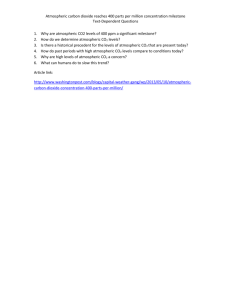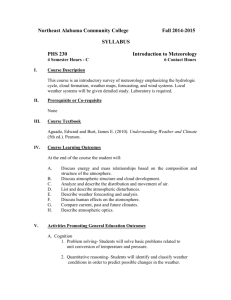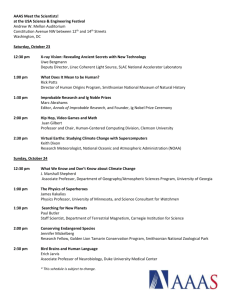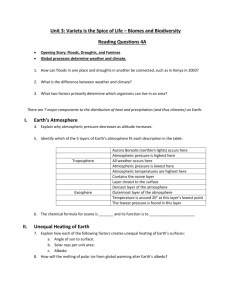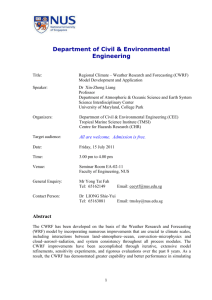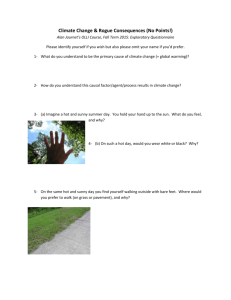Background Information for Creating an Isobar Map
advertisement
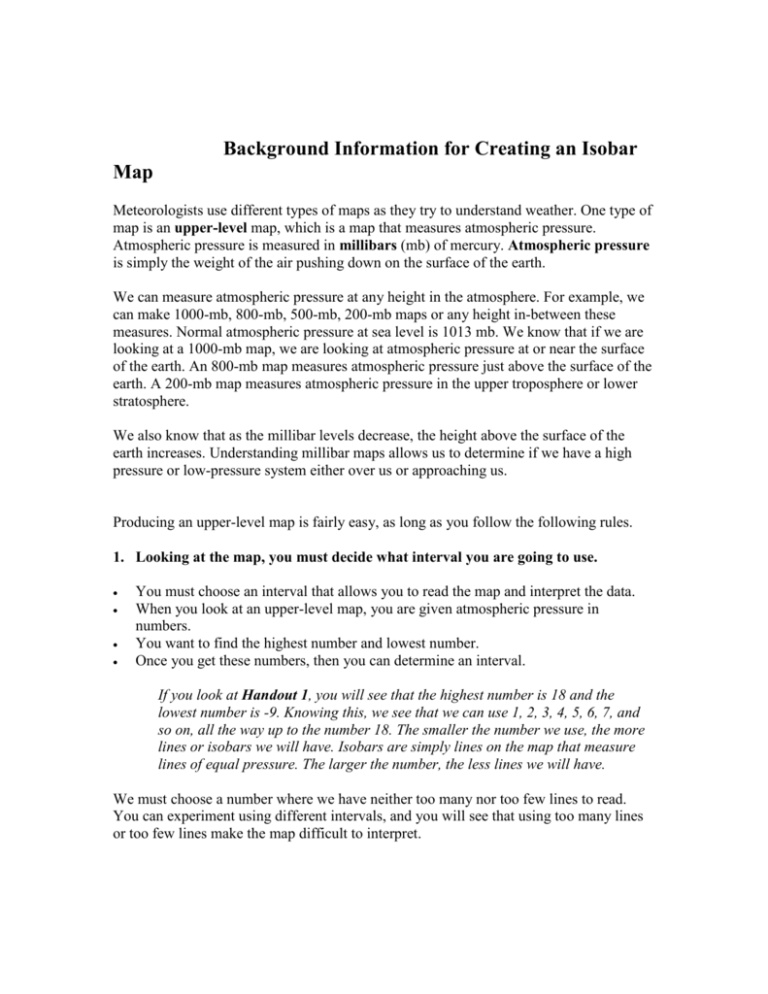
Background Information for Creating an Isobar Map Meteorologists use different types of maps as they try to understand weather. One type of map is an upper-level map, which is a map that measures atmospheric pressure. Atmospheric pressure is measured in millibars (mb) of mercury. Atmospheric pressure is simply the weight of the air pushing down on the surface of the earth. We can measure atmospheric pressure at any height in the atmosphere. For example, we can make 1000-mb, 800-mb, 500-mb, 200-mb maps or any height in-between these measures. Normal atmospheric pressure at sea level is 1013 mb. We know that if we are looking at a 1000-mb map, we are looking at atmospheric pressure at or near the surface of the earth. An 800-mb map measures atmospheric pressure just above the surface of the earth. A 200-mb map measures atmospheric pressure in the upper troposphere or lower stratosphere. We also know that as the millibar levels decrease, the height above the surface of the earth increases. Understanding millibar maps allows us to determine if we have a high pressure or low-pressure system either over us or approaching us. Producing an upper-level map is fairly easy, as long as you follow the following rules. 1. Looking at the map, you must decide what interval you are going to use. You must choose an interval that allows you to read the map and interpret the data. When you look at an upper-level map, you are given atmospheric pressure in numbers. You want to find the highest number and lowest number. Once you get these numbers, then you can determine an interval. If you look at Handout 1, you will see that the highest number is 18 and the lowest number is -9. Knowing this, we see that we can use 1, 2, 3, 4, 5, 6, 7, and so on, all the way up to the number 18. The smaller the number we use, the more lines or isobars we will have. Isobars are simply lines on the map that measure lines of equal pressure. The larger the number, the less lines we will have. We must choose a number where we have neither too many nor too few lines to read. You can experiment using different intervals, and you will see that using too many lines or too few lines make the map difficult to interpret.



